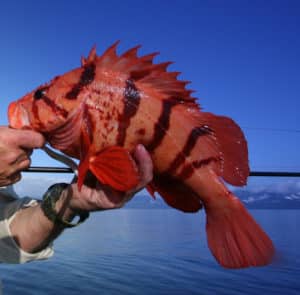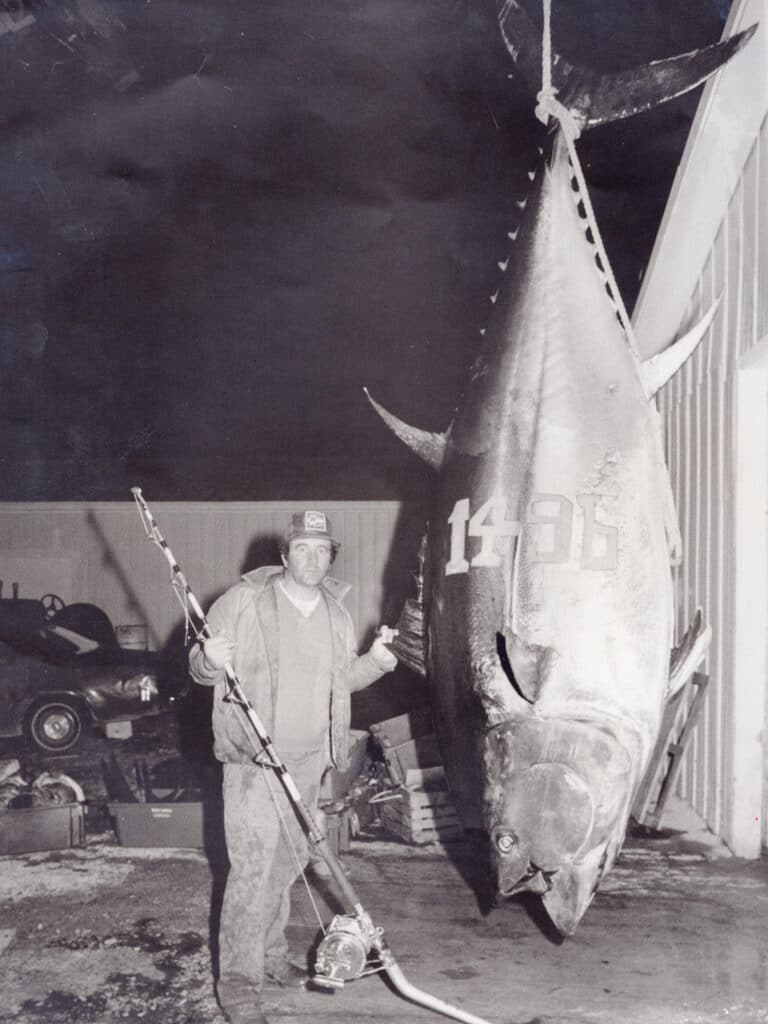
For most anglers, the thought of seeing their name in the International Game Fish Association’s annual World Record Game Fishes book is to dream the impossible dream. How do you beat so many amazing records, some that have stood unchallenged for decades? The short answer is: You probably don’t. But the longer answer is more complicated — and more hopeful.
Before we get to some very specific opportunities, which I’ll provide as examples, first let’s make sure we understand the IGFA’s system, since only by understanding it can you really take advantage of it.
IGFA All-Tackle Weight Records

When most of us think “world record,” the question for any species of fish then becomes: What did it weigh? Indeed, that’s always been the way most anglers most of the time have assessed their catches and those of others. Informally, anglers weigh their catches for bragging rights, or if they just guesstimate the size of their catch, they do so in pounds (or kilograms in many regions) more often than inches. Tournaments require fish to be weighed. And so too does the IGFA, at least for all-tackle world records.
That — weight of the fish — is but one category of world record in the IGFA system. But it’s a big one. All-tackle records by weight is the original and oldest category, and one the association takes seriously. Many’s the world-record catch that wasn’t — a fish large enough to beat an existing record — when, after the fact, the angler learned that the scale on which his or her catch was weighed couldn’t be certified.
The vast majority of these world records are no longer alive when they’re weighed. One reason stems from the extent to which the IGFA takes all-tackle weight records seriously: Fish must be weighed on land or a stationary platform attached to land. The reasoning is simple enough and has to do with the difficulties of reading a handheld scale in a boat bouncing in a chop. Sometimes ounces matter, particularly for example when a contender is challenging a long-standing record by 12 or 14 ounces.
As you might guess, this prestigious category can be the most difficult one to break into. But not necessarily.
Any — yes, any — species of fish that can be caught legitimately on hook and line and that weighs at least one pound can become part of the IGFA’s record-keeping system. A look through the IGFA’s all-tackle-record list reveals a huge number of species of fish from all over the world, fresh and salt, of catches approved as world records. In cases of more obscure species, often just one angler submitted a single record application, and once approved, voila: he or she is in the record book (as is that species).
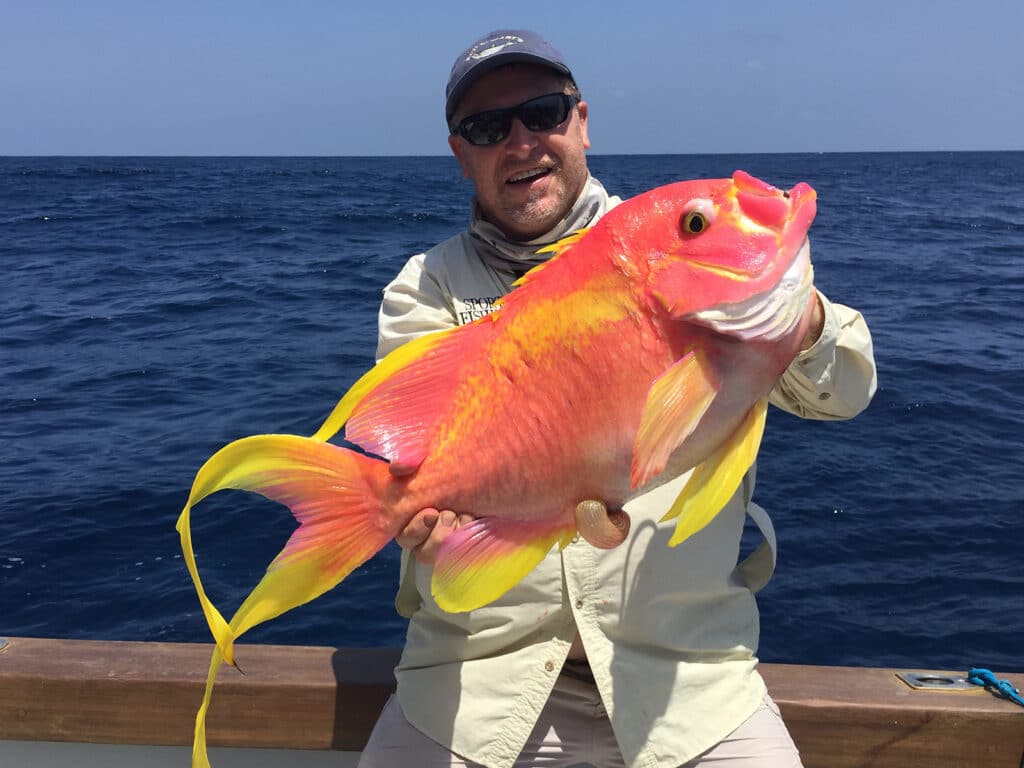
Are all the species of fish one could catch already established as records? Hardly. Consider fish you catch in your area, especially any that are not considered primary gamefish, and check to see if they are in the IGFA’s list of records. There are still fish being caught out there that no angler has ever bothered to enter for a world record. But even if a species is already in the book, it may be pretty easily beatable. Again, look at species less popular as game fish — popular fish like largemouth bass or redfish will be tough, but less-targeted species present opportunities. Here are just three examples of species that could qualify you to be in the world-record book:
Lesser Amberjack (Seriola fasciata)
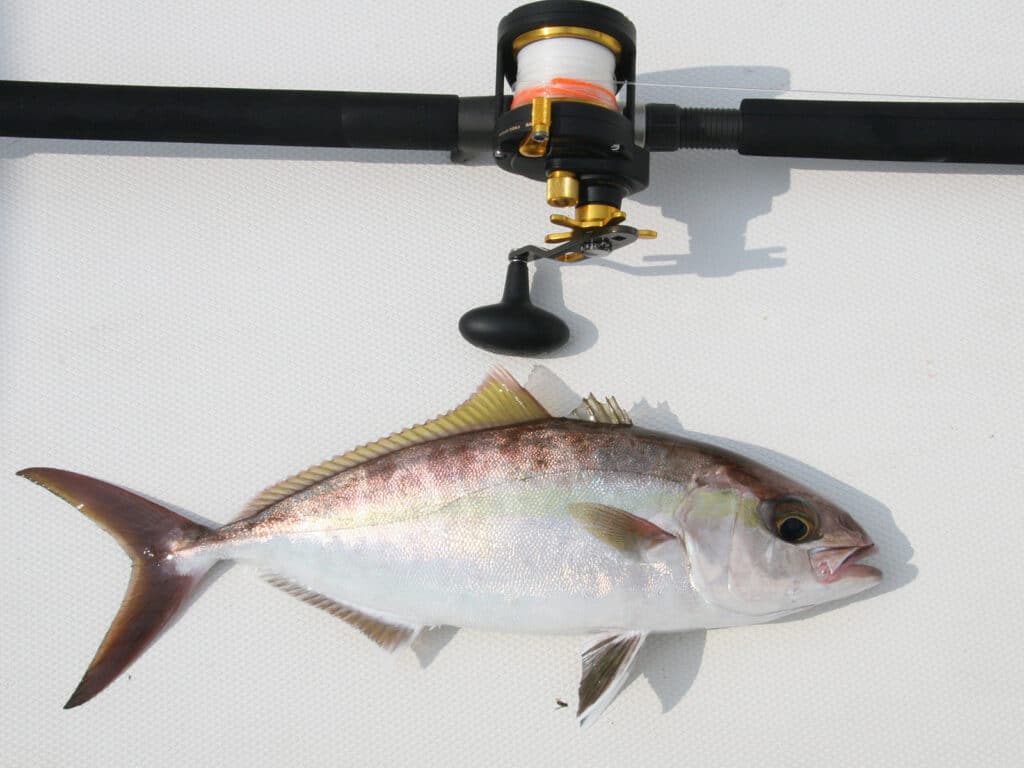
A common catch in temperate and tropical waters of the Western Atlantic, there is, at the time of this writing, NO all-tackle world record for this species. The challenge is proper identification: Lesser and greater amberjacks resemble each other closely enough that most anglers would assume they caught “an amberjack” (meaning the more common greater AJ, Seriola dumerili) when in fact they’re holding a lesser amberjack. But the easy-to-count spines in the first dorsal tell the story, with the greater AJ having seven dorsal spines and the lesser AJ having eight. Also the supramaxilla — the bone that extends from the upper jaw to just under the eye — is straight on top in the lesser, but angles sharply upward under the eye in the greater. Compare images of greater versus lesser. Attainable goal: Catch a lesser AJ of at least 5 pounds or so and get your name in the world-record book.
Devil Firefish (Pterois miles)
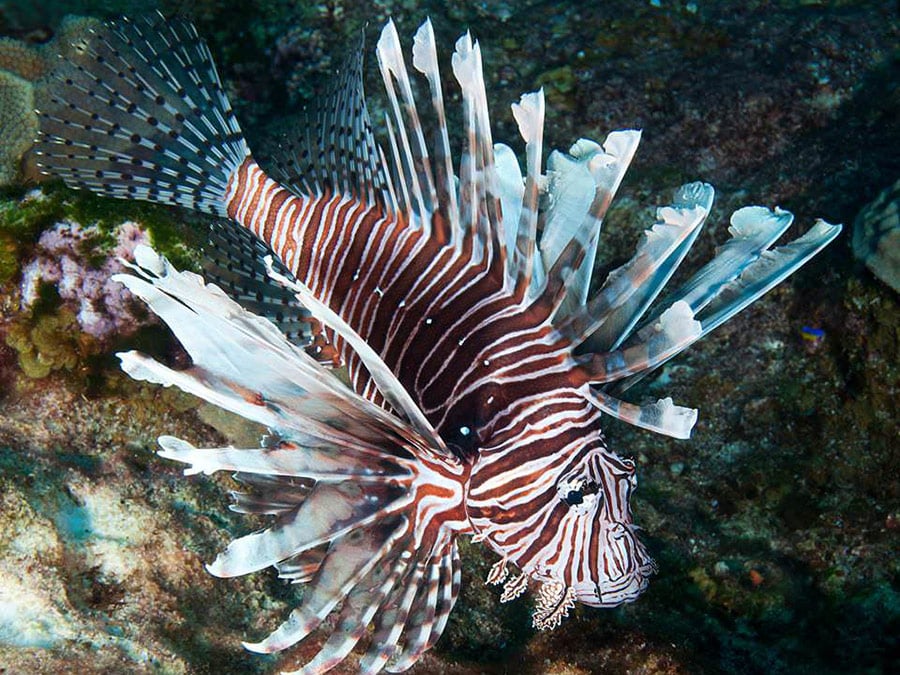
Unfortunately, this species of lionfish is also quite common these days in the Western Atlantic as well as its native Indo-Pacific Ocean. The situation mirrors that of the amberjacks, above. The more abundant red lionfish (Pterois volitans) is already well established in the IGFA world-record system, but no one has entered a devil firefish. Here too, it’s a matter of counting (carefully!) dorsal fin rays (11 in the red, 10 in the firefish) and anal fin rays (seven in the red and six in the firefish). Keep in mind that lionfish don’t get huge, but catching a P. miles of just a pound or more should put you in the world-record book.
American Conger Eel (Conger oceanicus)
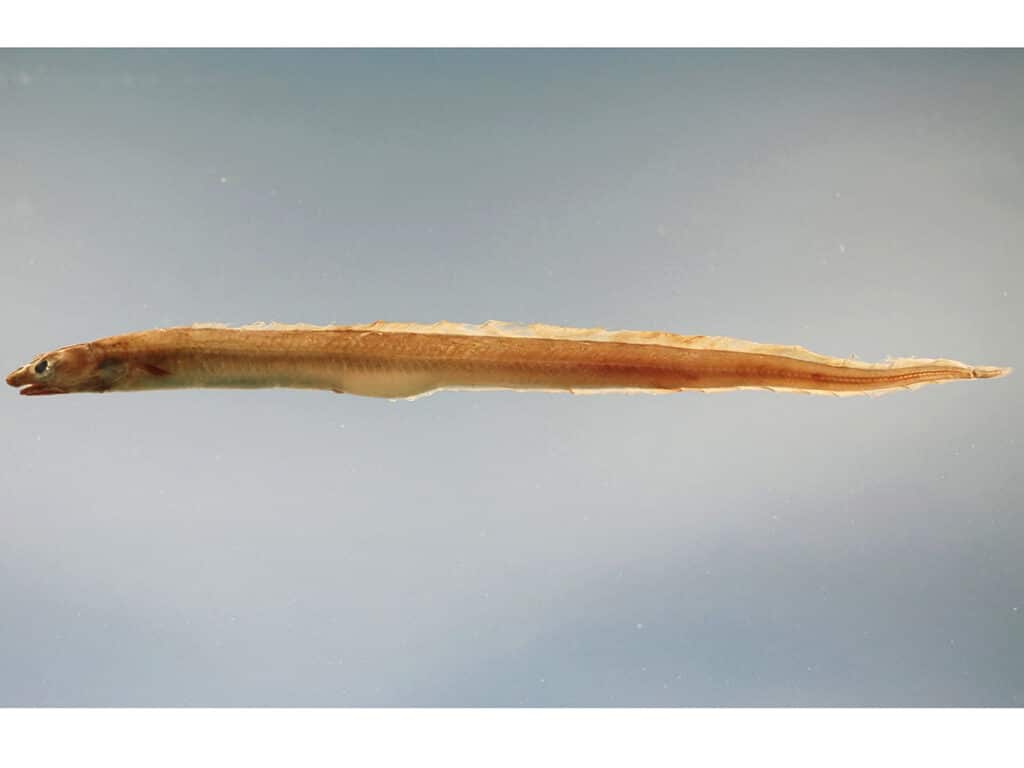
For this species, there is already a world record. In fact, it’s been in the books since 2002 when caught in Cape May Harbor. But despair not: Records show that American congers — common along most of the U.S. Atlantic coast — grow to nearly 90 pounds. The world record is a mere 15 pounds. This is, some might say, a record waiting to be beaten.
Do not, by the way, confuse the American conger with the larger conger (Conger conger) which is caught in the eastern Atlantic and can grow much larger; the all-tackle record for this species, a 133-pound fish, has held since it was caught in 1995 in the U.K.
IGFA Line-Class Fishing Records
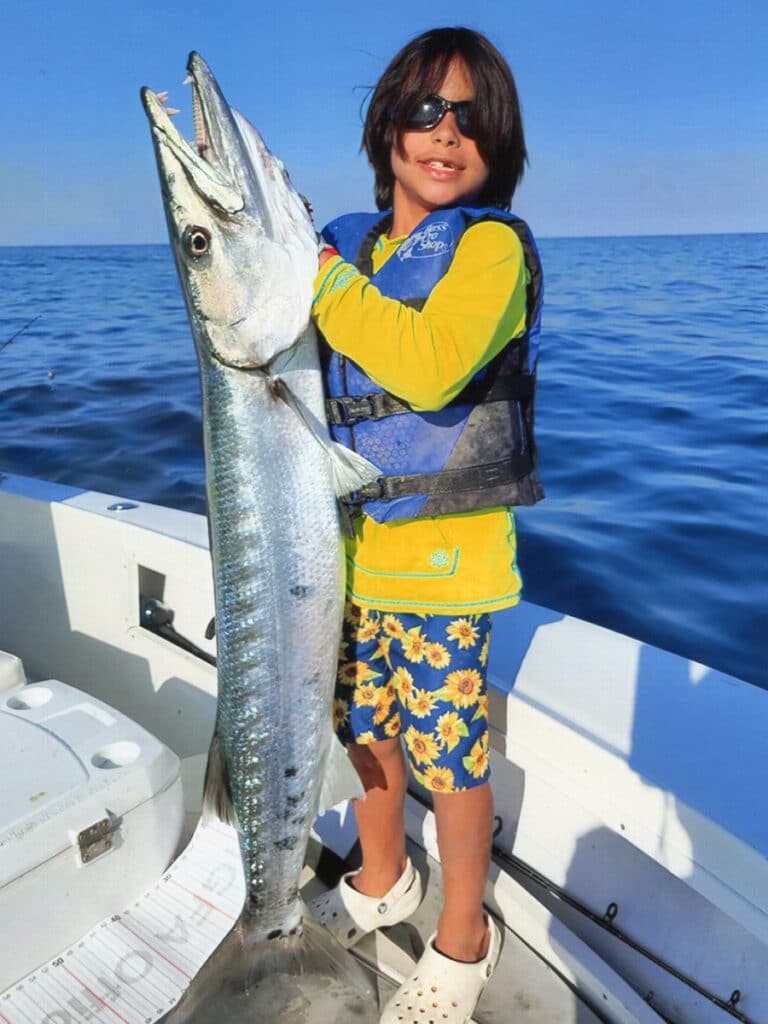
The IGFA has deemed 191 species worthy of inclusion in its line-class record-keeping system. These species offer a shot at many records: For saltwater species, each includes a men’s and women’s category, and each of those offer separate line-class records for 2-, 4-, 6-, 8-, 12-, 16- and 20-pound test, and for larger species add, 30-, 50-, 80- and 130-pound-test classes. That’s up to 22 different records for each species. Add to that tippet-class records for fly fishers. In both men’s and women’s divisions there are 7 tippet-strength classes from 2- to 20-pound. Another 14 record possibilities. Finally, there are also male and female Smallfry (to age 10) and Junior (11-16) world records. In other words, for a given species in the IGFA’s line-class system, there are many ways to set a record.
Despite so many opportunities, for most game fish, anglers have filled line classes with catches that vary from tough (to beat) to rock-solid. Not a lot of low-hanging fruit left. But one good bet is to check out species recently added to the line-class list since at the outset all classes are vacant. True, they begin to fill up, but that can take a while, depending upon species.
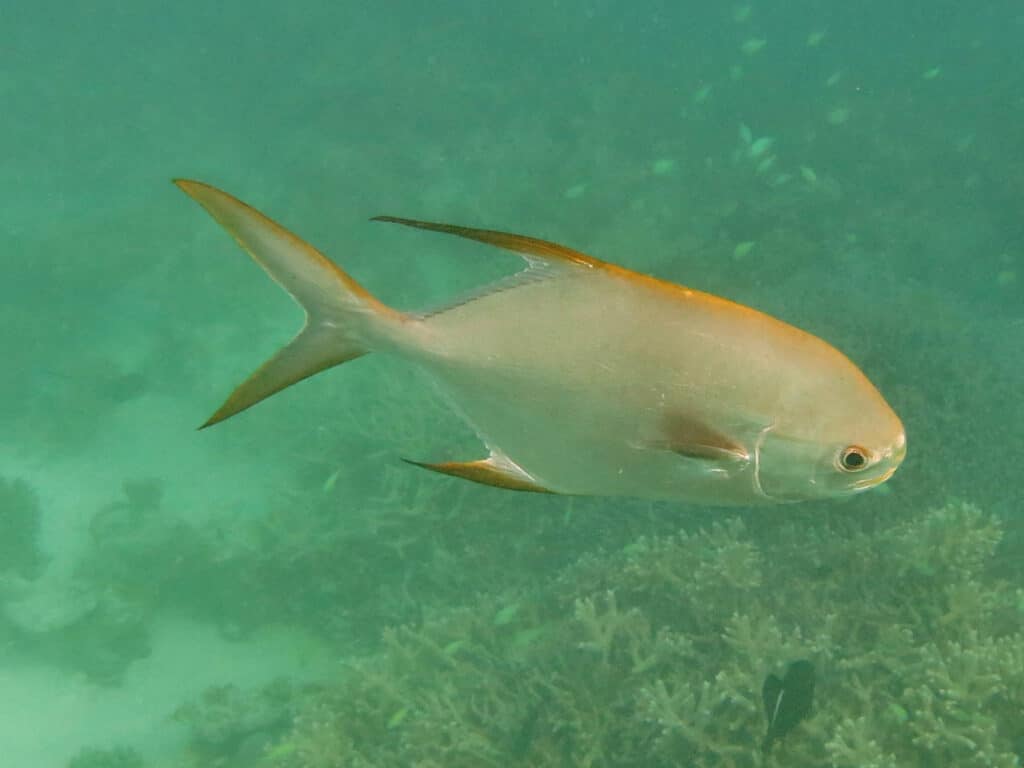
Line class records for two species added last year remain mostly empty. That condition will persist longer since they’re game fish of remote areas. The snubnose pompano (Trachinotus blochii) is a gorgeous permit with golden fins that lives in the Indo Pacific. While a few tippet classes have been filled, all line classes remain vacant at the time of this writing. Another Indo Pacific game fish, the elusive, streamlined milkfish (Chanos chanos) is similarly wide-open.
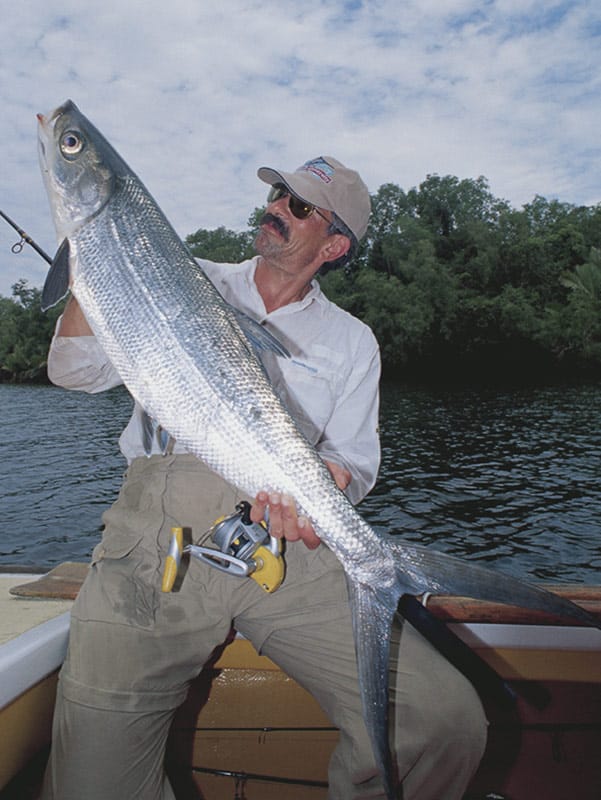
For those less inclined to travel to fish, the ladyfish (Elops spp.) so abundant in the U.S. Southeast and elsewhere in the world includes several line classes still vacant at press time. These are in both men’s and women’s categories: 12-, 16-, 20- and 30-pound line classes. Wide open.
All-Tackle Length Records for Conventional Tackle
By far the greatest number of relatively easy opportunities for world records are in length records. In 2011, the IGFA added this alternative to weighing a fish on a certified scale on land to enter it for a weight record. In 2023, the IGFA added all-tackle length records specifically for kids 16 and under. An angler need only get a quick, precise measurement of total length and girth — which can be done with the fish in a boat or even boatside — for a length record, meaning that world-record contenders can be released — as is actually required for a length record.
While it’s taken some years to really catch on, a growing conservation ethic as well as increasingly tight harvest regulations have helped create a surge in interest in and popularity of length records. Perhaps not surprisingly, for many of the species the IGFA includes in its all-tackle-length records, the records are impressive — and hard to beat. Still, consider that many records by weight go back 20, 30 or even 50 years, while most length records have been set only in recent years, and in most cases will continue to be beaten, perhaps with some regularity.
Since most of us mentally measure fish in pounds, I looked at some popular gamefish all-tackle weight records, comparing the length of that record (which in some cases has held for decades) for a particular species to the length of the all-tackle length record for the same species. In many, the length record was nearly as long as the established weight-record length, but in some instances, the difference in lengths was great enough to suggest “beatability.” A few examples:
Albacore
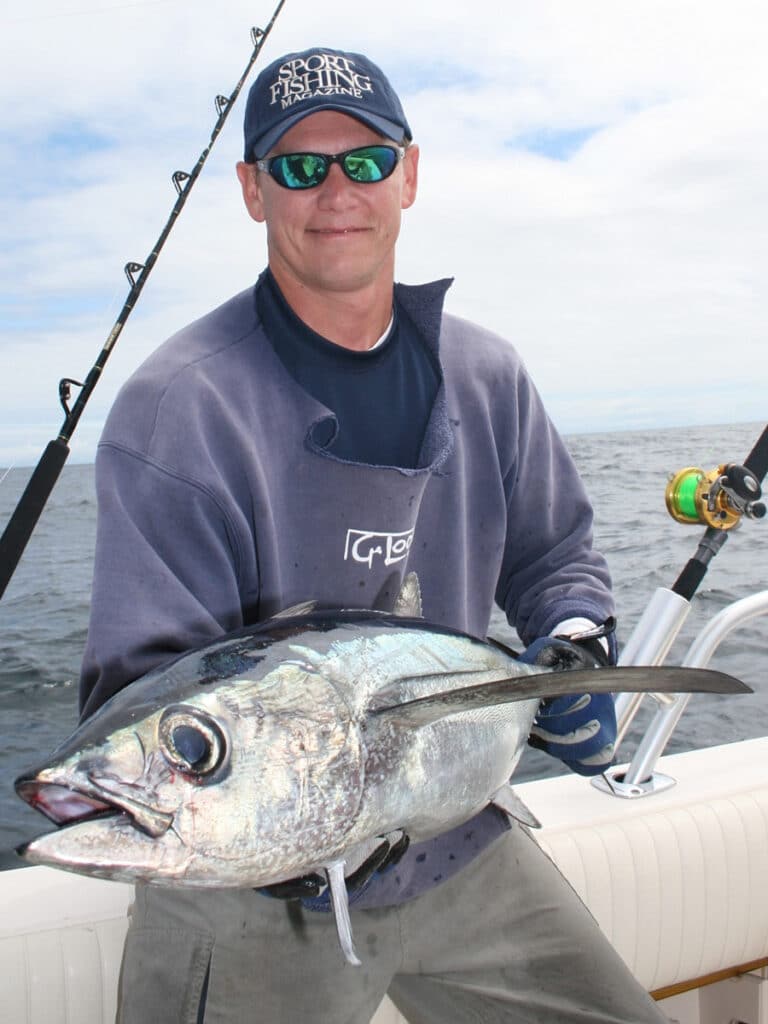
True albacore, not little tunny: The all-tackle weight record of 88 pounds, 3 ounces, measured 48.43 inches. The all-tackle length record (set in 2022) measured 30.3 inches.
Almaco Jack
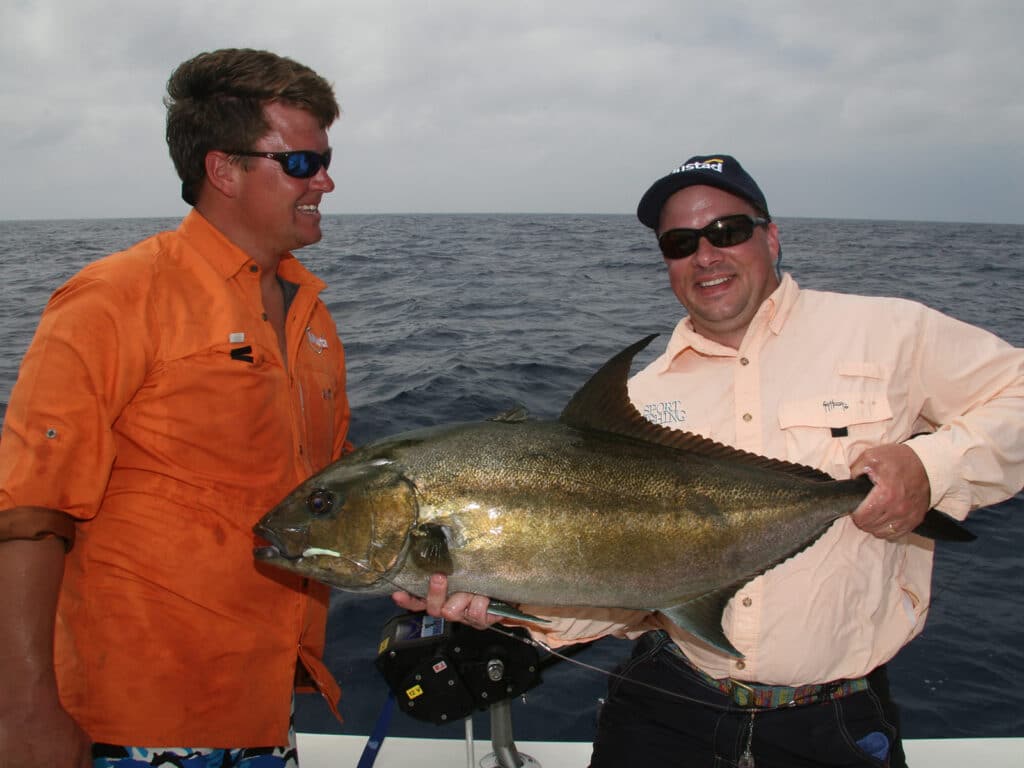
The 136-pound world record went 61.7 inches. The current length record (2019) measured 29.1, so a pretty good spread that suggests some opportunities to beat it.
Bluefish
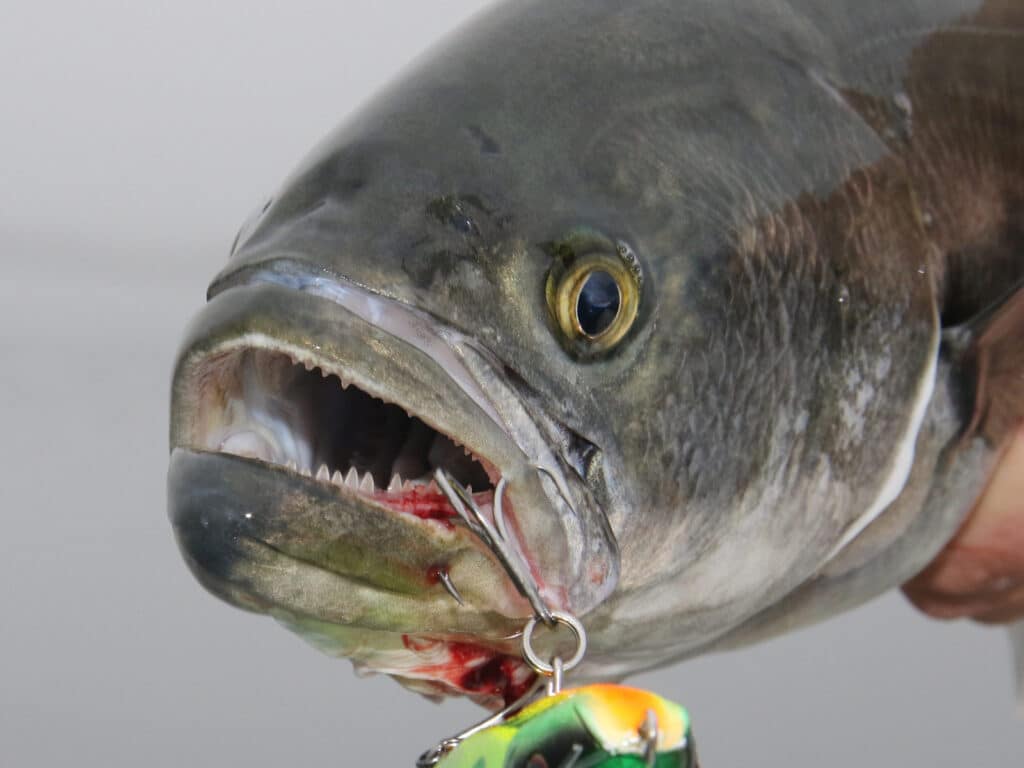
The world record by weight went 31 pounds, 12 ounces, and measured 47 inches. The current world record by length is 34.3 inches, set in 2013.
Cobia
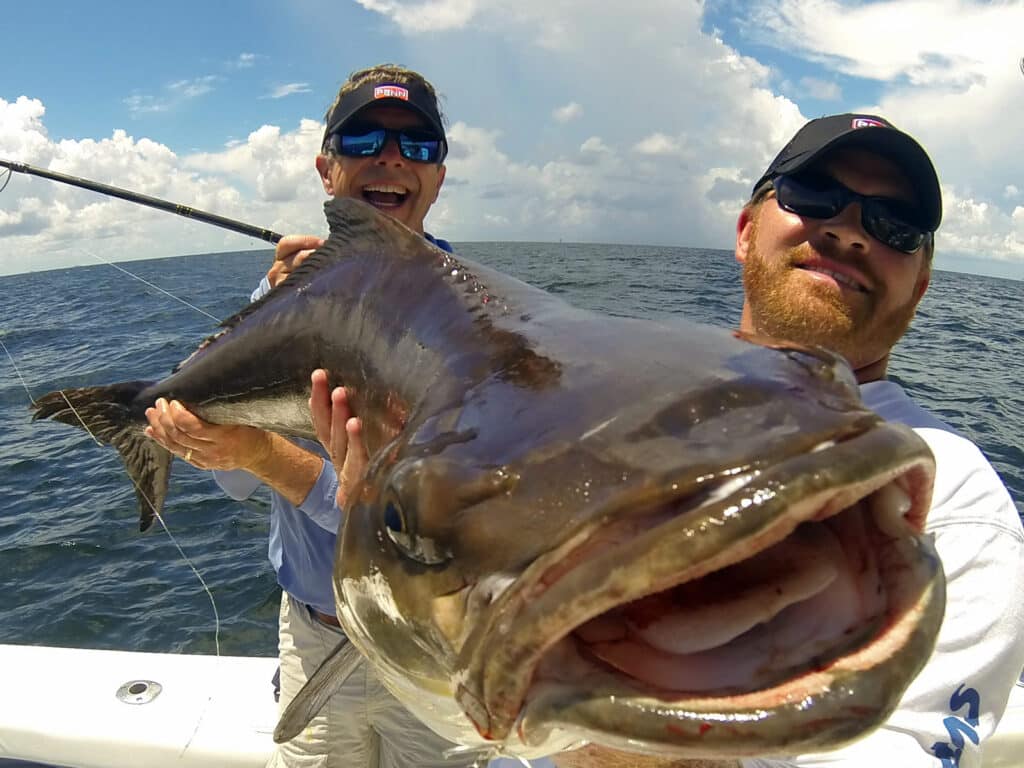
This one’s fairly tough since the weight record of 135 pounds, 9 ounces, measure 67.3 inches. The length record of 54.7 inches had held since 2011.
California Halibut
Want world record to brag on? Here’s a good bet. The world record by weight for the species is 67 pounds, 6 ounces. That fish measured 44.5 inches. The current world record by length, set in 2017, is only 29.1 inches.
Chinook Salmon
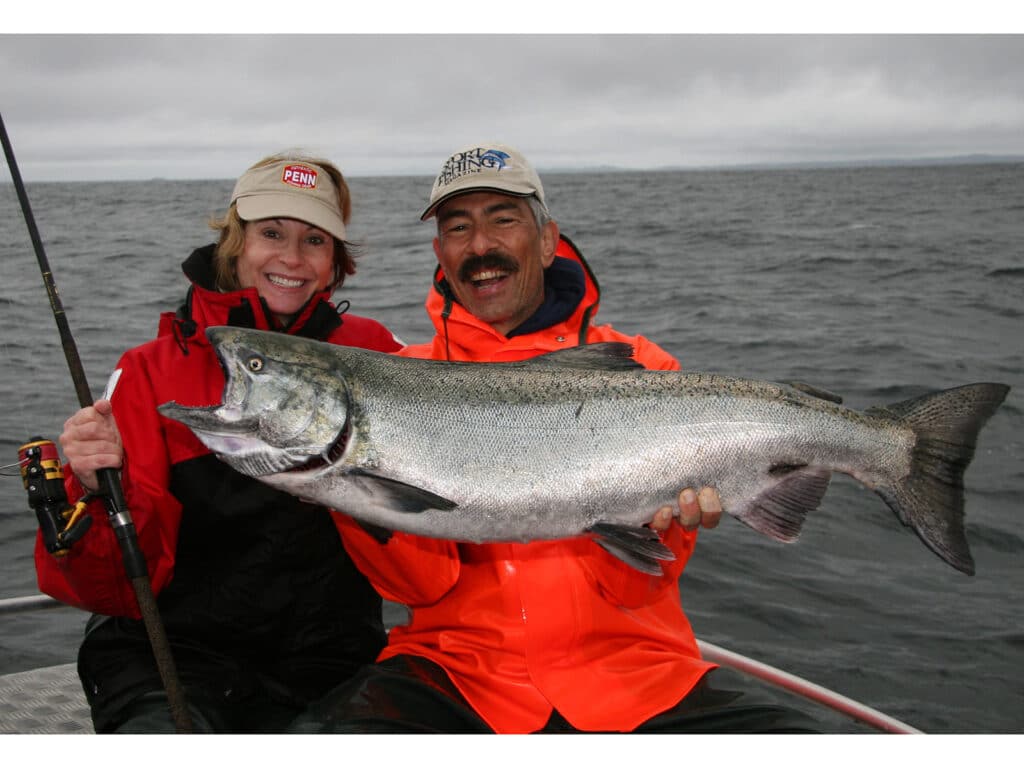
The king salmon offers a great shot at the all-tackle length record. Consider that the 97-pound, 4-ounce weight record measured 58.8 inches. Presently, the length record is held by a mere 36.6-inch fish, caught in 2021.
King Mackerel
As fruits go, this one is almost touching the ground — great shot at a world record. The 93-pound all-tackle record measured 62.5 inches. The present length record (2022) is just over half that size, at 33.9 inches.
Pollock (aka Coalfish)
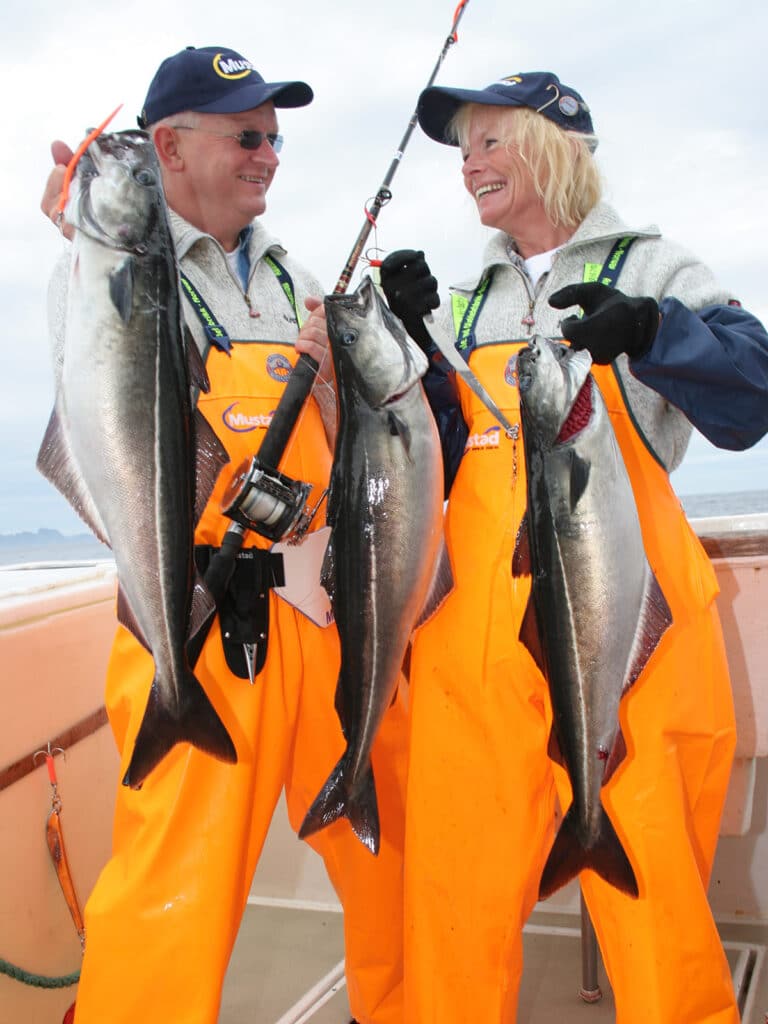
For anglers who fish the North Atlantic, some possibility here. The weight record is 50 pounds and went 44.5 inches. The length record now stands at 34.7 inches, so a fair spread.
Red Drum
Another one not easy to beat. The all-tackle length record, set in 2021, measured 50 inches, only seven inches off the total for the all-tackle weight-record fish of 94 pounds, 2 ounces.
Rainbow Runner
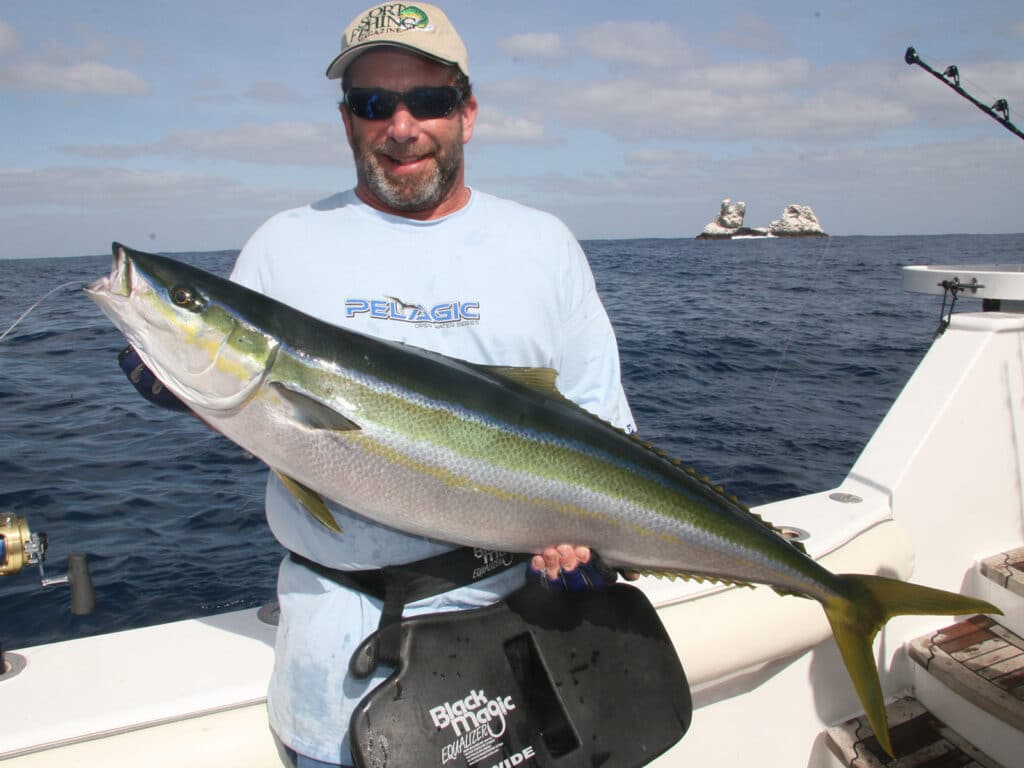
A world record waiting to happen! That’s because there is no length record — so far — for this species. Any fair-sized specimen should qualify! (In case you’re wondering, the weight record for the species is 37 pound, 9 ounces. But of course a far smaller fish can get your name into the record book with a length record.)
Tautog
Similarly, this one is surprising in how easily it could be beaten. Consider the spread in lengths between the 28-pound, 13-ounce world record by weight, at 35 inches, versus the mere 18.1 inches of the current holder of the length world record for tautog.
Weakfish
As with the rainbow runner, I can’t tell you the world record for length of the weakfish. It’s not a secret; rather, it’s just not there. Amazingly no angler has stepped up with the necessary forms to claim the length record for weakfish so far in more than 12 years.
Yelloweye Rockfish
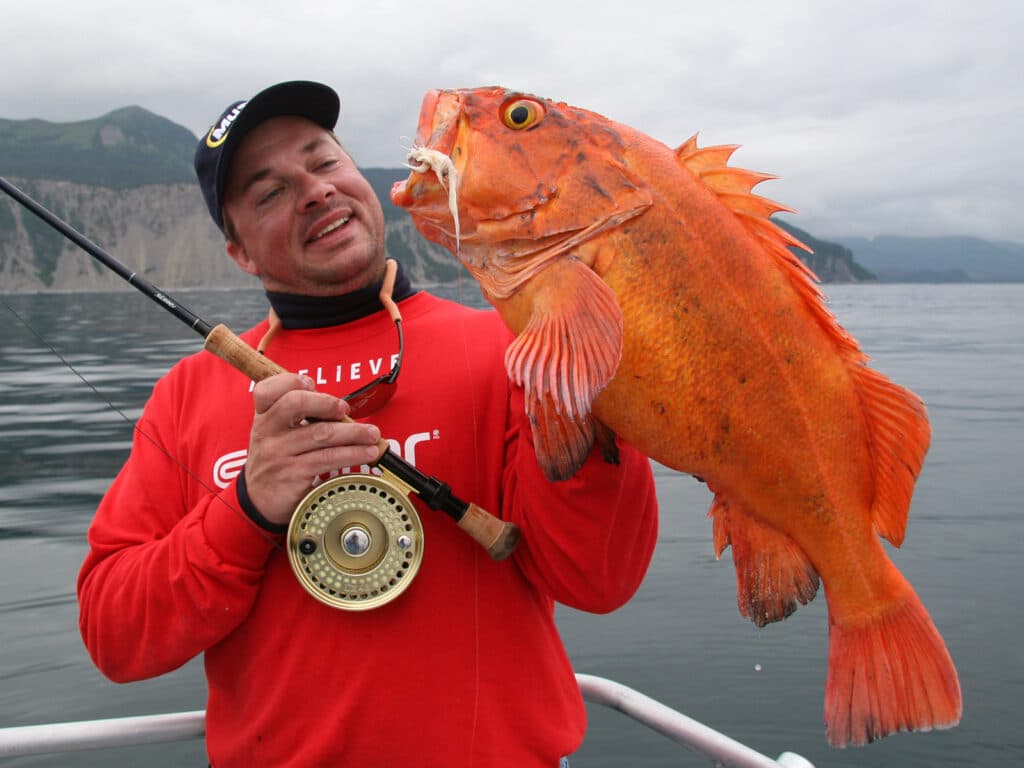
And for those who fish the Northeast Pacific (Oregon to Alaska), the world record of this orange-hued bottomfish weighed 39 pounds, 4 ounces. It measured 40.8 inches. The length record is just 27.6 inches.
All-Tackle Length Records for Fly Fishermen
If you’re an ardent fly fisherman and want to see your name in the record book, you’re in a catbird seat. That’s because only recently did the IGFA, for selected species, add this third category of all-tackle length on fly to the existing all-tackle weight- and all-tackle length-record categories. At the time of this writing, for many popular game fish, world records by length on fly remain vacant — wide open and just waiting for anglers to put their names in these enviable slots. A partial list:
- African pompano
- Albacore
- Almaco jack
- Atlantic bonito
- Blackfin tuna
- Bluefin trevally
- Bluefish
- Cobia
- California halibut
- California yellowtail
- Kelp (calico) bass
- King mackerel
- Striped bass
- White seabass
Any angler determined to see his or her name as a world-record holder in the prestigious International Game Fish Association annals has a surprisingly good shot at doing so. It all comes down to being strategic and willing to spend some time studying various records in the IGFA’s extensive record-keeping system. Well, not all: A dose of good luck certainly helps any effort.

